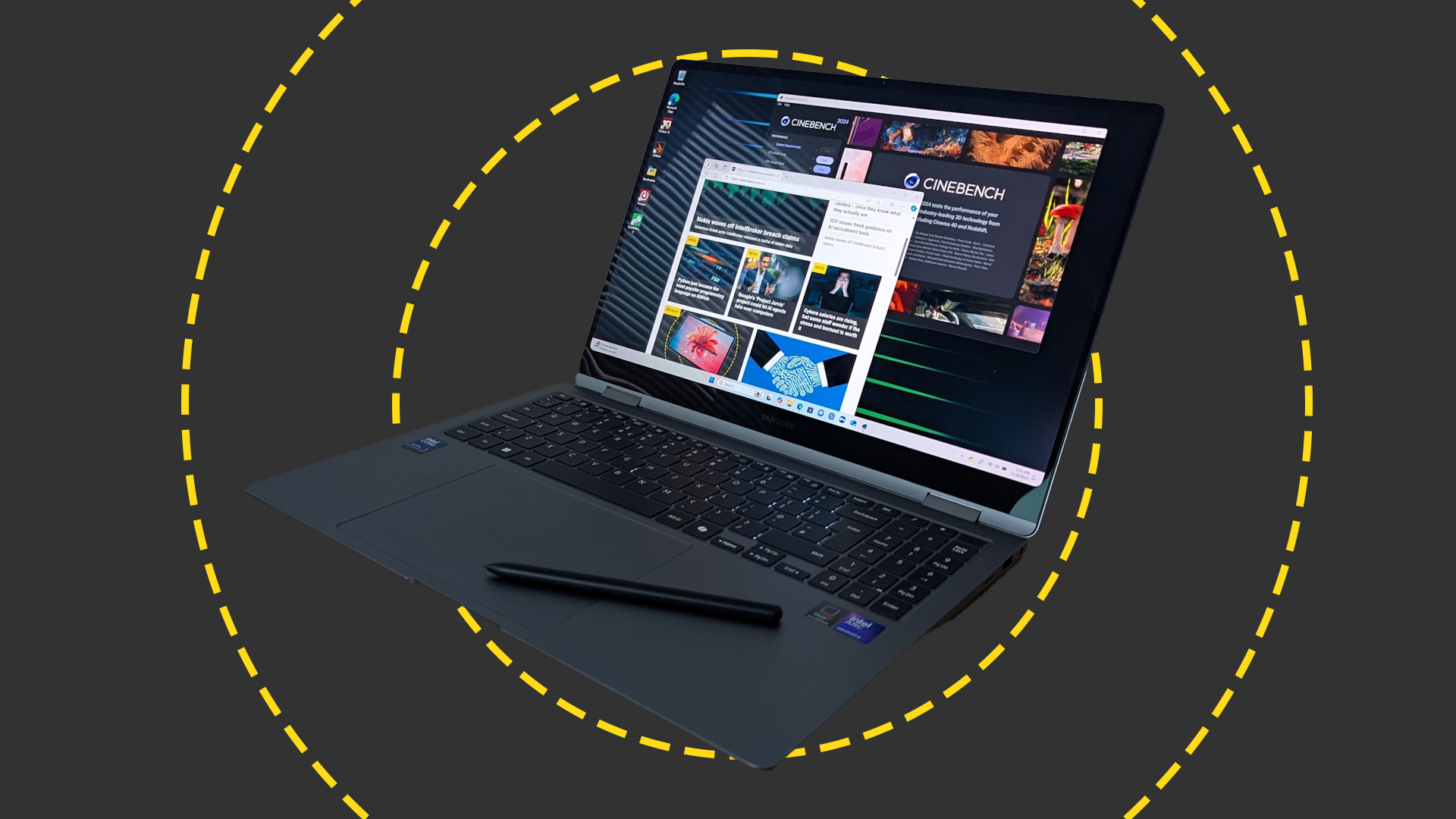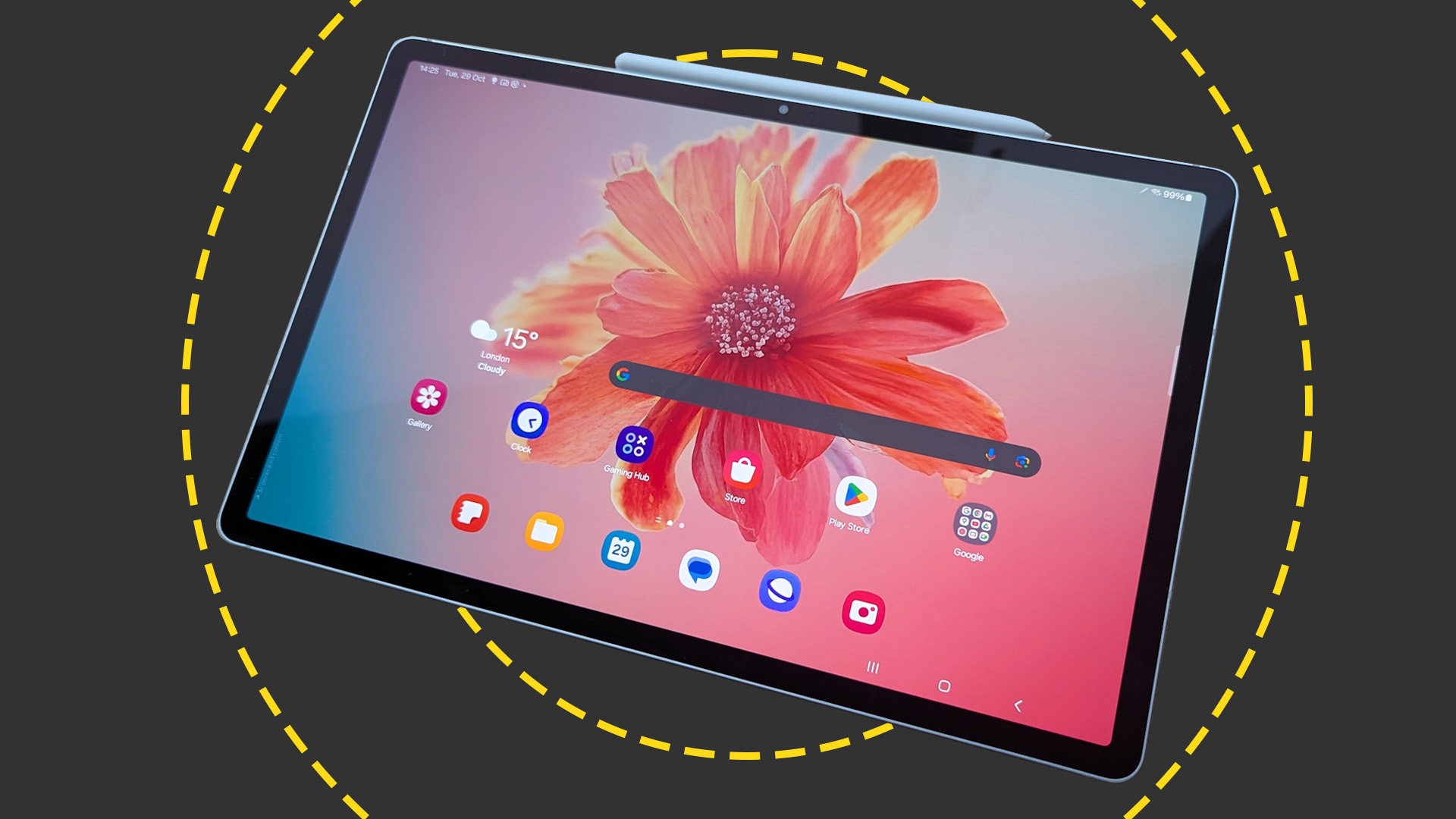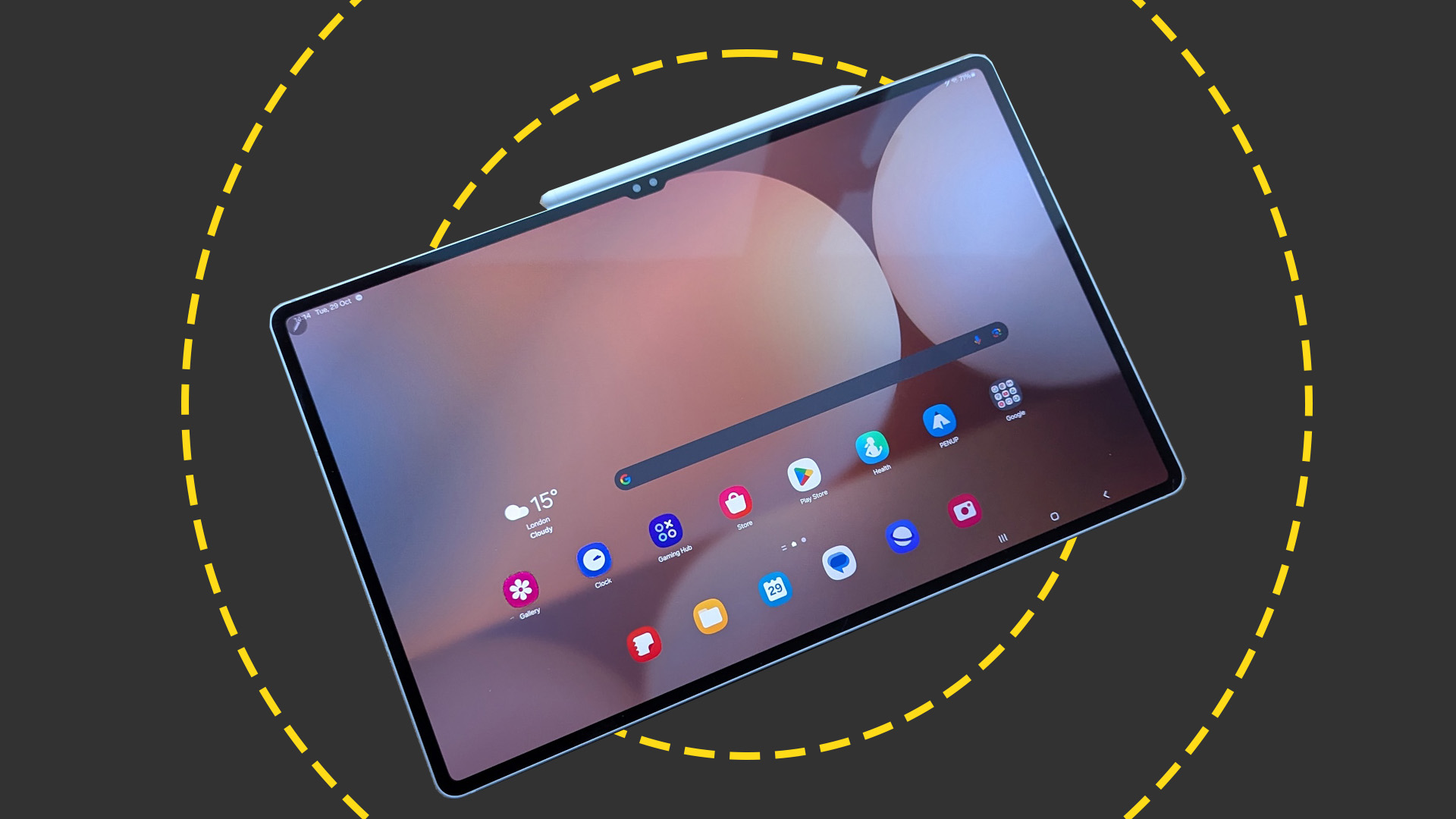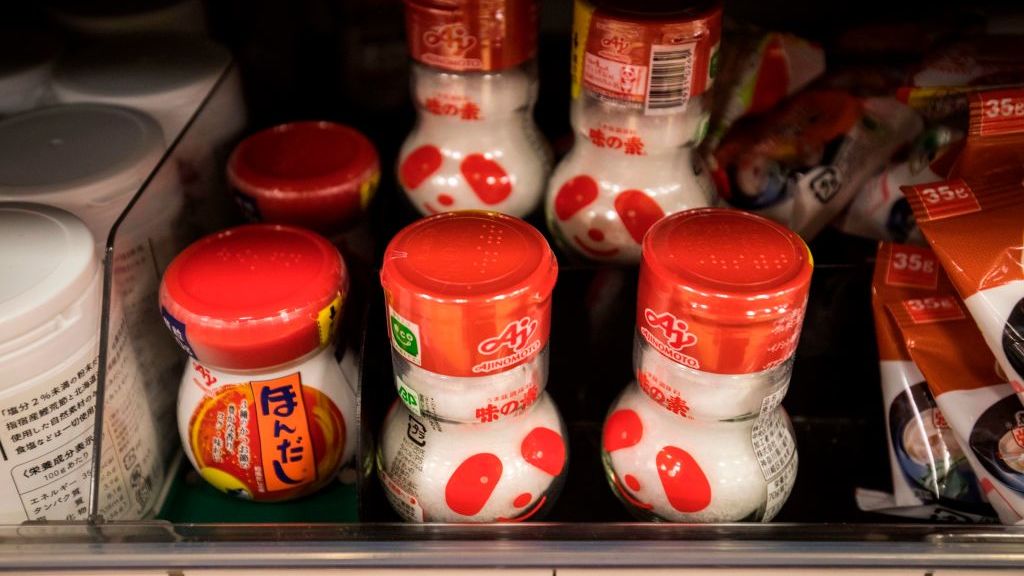Global smartphone shipments grow for the first time in four years
Demand for the first 5G-enabled iPhone saw first positive shift for the market since 2017


Global smartphone shipments has grown for the first time in four years with 1.39 billion handsets sold around the world in 2021.
Annual shipments increased 4% year-on-year, despite the effects of the pandemic and the global chip shortage, according to Checkpoint Research.
However, the number of shipments was still below pre-pandemic levels, with 1.56 billion handset sales in 2017, according to Checkpoint data. The market saw a sharp decline in 2018 (-4.1%) with consumer demand continuing to stall throughout 2019.
Checkpoint suggests that "pent-up" demand in South America and India has helped the market recover, along with demand for 5G-enabled devices in North America.
"Growth in the US was driven largely by demand for Apple's first 5G-enabled iPhone 12 series seeping through to the first quarter of 2021," Harmeet Singh Walia, senior analyst at Counterpoint Research, said in a statement.
The demand for the iPhone 12 continued through the year with strong October and December performance thanks holiday promotions like Black Friday, Walia added. Apple also reported record market share growth in China for Q4, becoming the top brand in the country. Its global smartphones sales also shot up 18% year-on-year.
Samsung still remains the dominant smartphone provider, shipping 271 million devices in 2021, but the biggest sales percentage increase was owned by Chinese brand Xiaomi, which has successfully capitalised on the demise of Huawei. Xiaomi is now the third-ranked manufacturer with a 31% year-on-year increase.
Get the ITPro daily newsletter
Sign up today and you will receive a free copy of our Future Focus 2025 report - the leading guidance on AI, cybersecurity and other IT challenges as per 700+ senior executives
It's worth noting that China saw a 10% fall in demand in 2018; at the time IDC stated that it accounted for roughly 30% of the overall market. While there is an uptick globally, China remains somewhat sluggish, with Checkpoint data suggesting it saw a 2% drop, year-on-year. This is attributed to the ongoing semiconductor shortages, which are hindering manufacturing and its repair businesses.
"The market recovery could have been even better if not for the component shortages that impacted much of the second half of 2021," Walia added. "The major brands navigated the component shortages comparatively better and hence managed to grow by gaining share from long-tail brands."
Bobby Hellard is ITPro's Reviews Editor and has worked on CloudPro and ChannelPro since 2018. In his time at ITPro, Bobby has covered stories for all the major technology companies, such as Apple, Microsoft, Amazon and Facebook, and regularly attends industry-leading events such as AWS Re:Invent and Google Cloud Next.
Bobby mainly covers hardware reviews, but you will also recognize him as the face of many of our video reviews of laptops and smartphones.
-
 Bigger salaries, more burnout: Is the CISO role in crisis?
Bigger salaries, more burnout: Is the CISO role in crisis?In-depth CISOs are more stressed than ever before – but why is this and what can be done?
By Kate O'Flaherty Published
-
 Cheap cyber crime kits can be bought on the dark web for less than $25
Cheap cyber crime kits can be bought on the dark web for less than $25News Research from NordVPN shows phishing kits are now widely available on the dark web and via messaging apps like Telegram, and are often selling for less than $25.
By Emma Woollacott Published
-
 Samsung Galaxy Book 5 Pro 360 review: Almost the perfect big-screen laptop
Samsung Galaxy Book 5 Pro 360 review: Almost the perfect big-screen laptopReviews The Book 5 Pro 360 is a laptop you slowly get accustomed to, rather than one that feels right from the word go.
By Stuart Andrews Published
-
 Samsung Galaxy Tab S10+ review: Possibly the best Android tablet for business
Samsung Galaxy Tab S10+ review: Possibly the best Android tablet for businessReviews With good performance, AI features and an exceptional screen, the Tab S10+ is the best Android tablet out there, if not quite the best tablet overall
By Stuart Andrews Published
-
 Samsung Galaxy Tab S10 Ultra review: Samsung's big-screen tablet is an AI-powered multitasking monster
Samsung Galaxy Tab S10 Ultra review: Samsung's big-screen tablet is an AI-powered multitasking monsterReviews The sheer size won't be for everyone, but the Tab S10 Ultra has the screen, performance, and multitasking prowess for serious work
By Stuart Andrews Published
-
 Rugged goes mainstream
Rugged goes mainstreamwhitepaper Why every business needs rugged devices to get the job done
By ITPro Published
-
 Why tougher doesn’t need to mean harder
Why tougher doesn’t need to mean harderwhitepaper Bridging the rugged and consumer device divide
By ITPro Last updated
-
 MSG giant Ajinomoto's chipmaking foray helps break financial records
MSG giant Ajinomoto's chipmaking foray helps break financial recordsNews In addition to umami seasoning, the company produces a microfilm insulation used by the semiconductor industry which was repurposed from its amino acid technology
By Zach Marzouk Published
-
 IBM unveils its 'most powerful' 433-qubit quantum processor
IBM unveils its 'most powerful' 433-qubit quantum processorNews The Osprey is three times more powerful than IBM's 127-qubit Eagle processor the company launched a year ago
By Zach Marzouk Published
-
 Blackberry revenue falls by 4% as cyber security division takes hit
Blackberry revenue falls by 4% as cyber security division takes hitNews Despite this, the company’s Internet of Things (IoT) division increased its revenue by 28% as it attracted new customers from the automotive sector
By Zach Marzouk Published